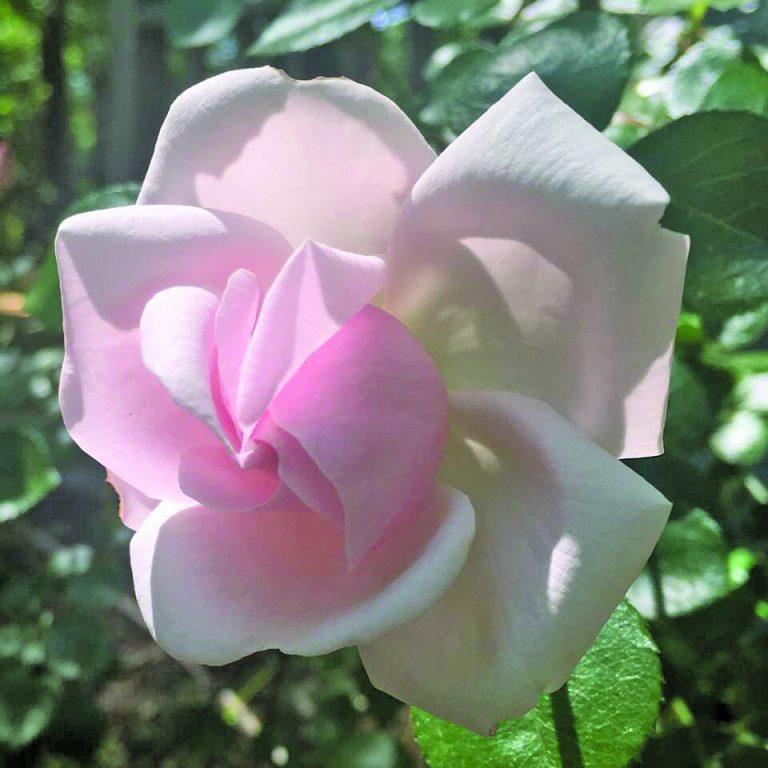It is now mid-May, and the lush beds of daffodils and other spring-blooming bulbs have faded into memory. We are waiting for the foliage to turn yellow and die back, so we can clean up our gardens.
Judging from Facebook photos from friends and the flower photos submitted to the Gazette-Journal by Middle Peninsula citizens over the past two weeks, rose season has arrived, and it looks like a splendid one. We Americans love our roses. We prune them, feed and water them, deadhead them, pamper them, and brag about them. We are devastated if one of our beloved roses falls prey to insects or disease.
One disease strikes terror in the hearts of rose growers: rose rosette disease (RRD), also called rose rosette virus (RRV). The interesting history of rose rosette disease begins with the introduction of the fast-growing multiflora rose from eastern Asia in 1866 to use as rootstock to produce other roses. In the 1930s, multiflora rose was planted along banks and railroad lines to prevent erosion...
To view the rest of this article, you must log in. If you do not have an account with us, please subscribe here.

